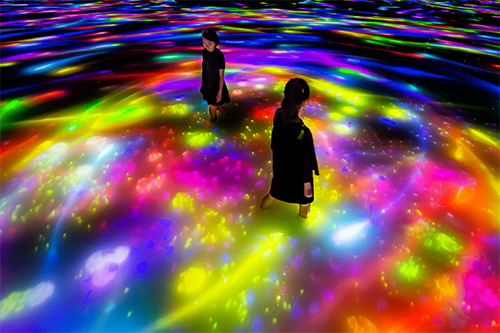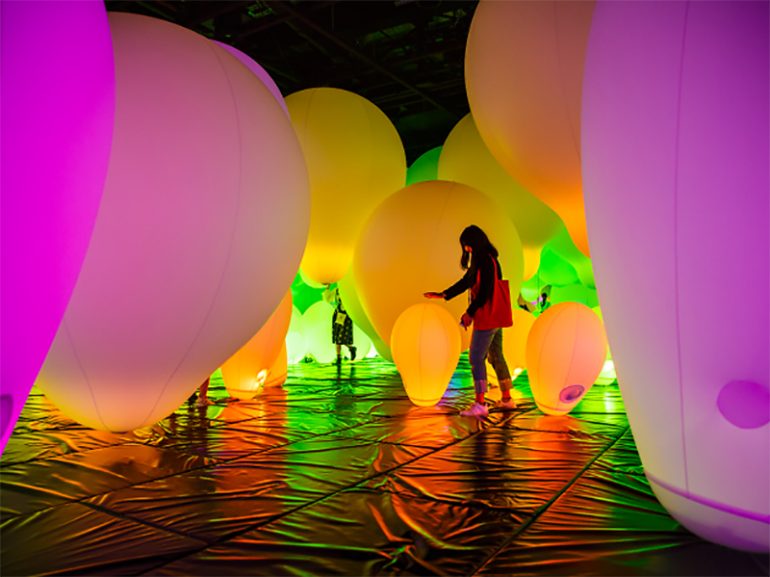Digital art is making a name in the industry. It is an art made entirely from computer or tablet without utilizing canvas or paints. It is enhanced using software applications such as Photoshop Canva, etc. Some scan their manually created canvas and improve them in their computer while others, including photographers add visual effects to make their artwork more interesting.
Digital art has been around for almost 10 years and the tools of such art form continue to evolve. Now, digital art tools are easily accessible and they allow more freedom for the artists to express their creativity. Digital artworks express a lot of things. They are intriguing, authentic, and beautiful. However, there are still issues on whether digital art is considered as real art. Art should communicate with its viewers but how can a digitally generated picture be considered as art?
Below are five arguments that are for and against identifying digital art as “real” art:
AGAINST:
- Computers have wide array of colors that artists can take advantage of. However, during the printing process, there are color limitations. Aside from that, even with the best color management techniques, the paper or screen might still depict different results.
- Talent and skills are very important in combining and applying the paint with a brush.
- Digital art is limited to the size of the screen. It doesn’t have the appeal of a physical canvas.
- Digital art doesn’t give the exciting feeling of painting with a freshly opened paint. Although experts are now developing a new application called “Digital Scent Technology.”
- Digital artwork doesn’t give viewers the tactile experience and visual interest that they can enjoy in manually produced artwork.

FOR:
- The process of creating a digital art requires creativity, just like the making of installation art or a piece of video art, which are openly accepted as contemporary art.
- Next level technical skill is essential to successfully control digital art software.
- There are many digitally produced images that have provoked so many emotions to the viewers. As they usually say, when an artwork allows you to feel something, then it is real art.
- Digital art allows the artist to express his soul and run his imagination free in the screen of his computer.
- Digital art uses tools that are versatile. It produces amazing effects and it allows combination of different techniques which is difficult to do with traditional art.
Conclusion
Imperfection adds to the overall appeal of any art form. Digitally produced art has no place for imperfection since it is programmed to have the ideal color and shape. On the other hand, traditional art lives for imperfection. This provides the latter an edge over digitally produced art. But it doesn’t mean that all traditional art is good and digital art is bad. You still need to have an eye to determine good and real art.
The debate over traditional and digital art could go on but one thing is certain, both forms of art create a space wherein artists can freely express themselves no matter what media they use. Art should trigger an emotion or message to the viewer. So, as long as an artwork has the ability to communicate with its viewers, then it is real art.
Photo Attribution:
Featured and 1st image from https://media.timeout.com/images/105246392/630/472/image.jpg
2nd image from https://svcstrg2.navitime.jp/curation/img/NTT-nt-0046-en/NTT-nt-0046-1.jpg
